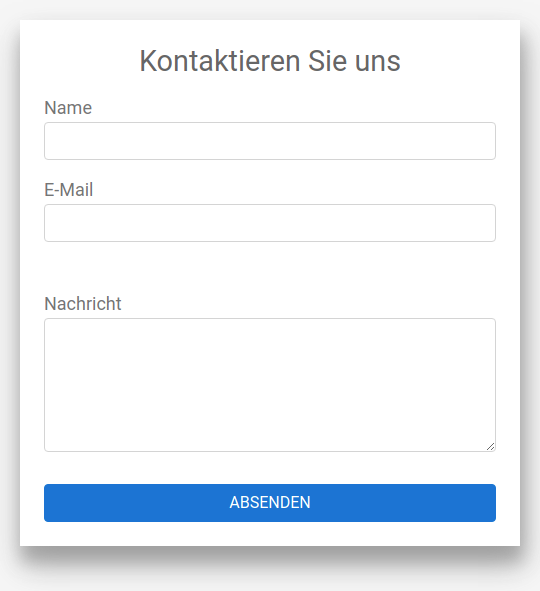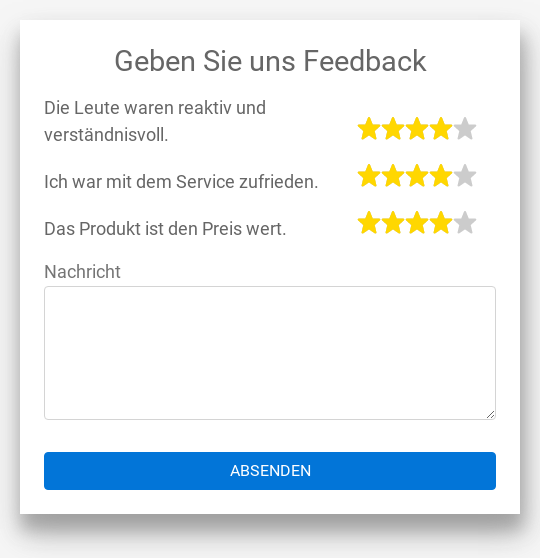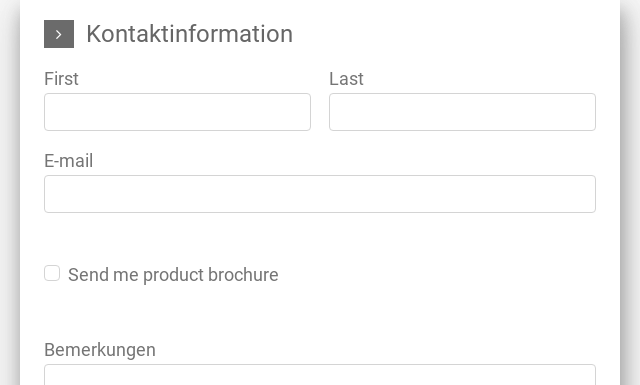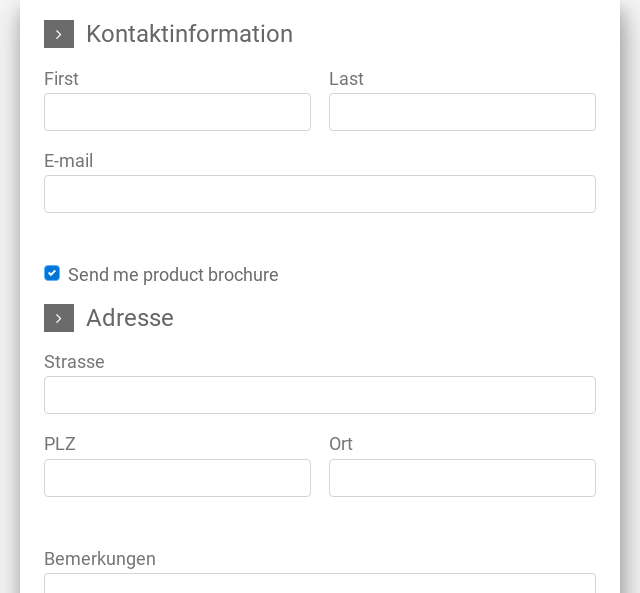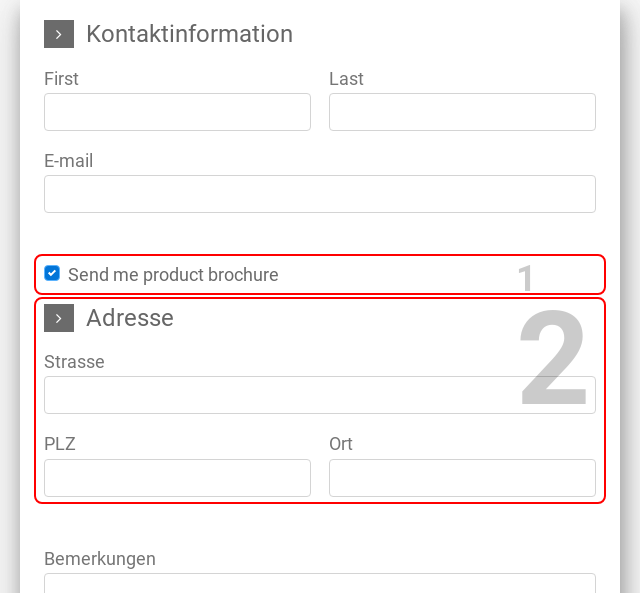With Primer a simple form can be created and used in a few steps. There is always the possibility to optimize and extend the form at any time.
The guidelines we present here enable a sustainable and beneficial application. A systematic analysis of the target group provides specific information and, if the guidelines are applied appropriately, increases the conversion rate.
Define Row Group
Before creating a form, it must be clearly defined for which target group it will be created. Here it is helpful to first define various characteristics such as:
- Geographic features (place of residence)
- Demographic characteristics (age group, gender, etc.)
- Psychological characteristics (needs, expectations, motives, etc.)
- Socio-economic characteristics (profession, educational level, opinions, etc.)
Based on defined characteristics, fictitious page visitors (Personas) are created. This preparatory work makes it possible to specifically tailor a form to this target group.
Conversion
By analysing the target group precisely, an individualized added value can be offered so that visitors are willing to leave their personal data. This added value can be created, for example, through interactive forms, by incorporating a survey, a competition or a quiz. Likewise, the willingness to enter data can be increased if registration provides access to high-quality information or gives the visitor the opportunity to share or publish information on the platform himself.
It is important to place and equip the form in the best possible way so that as many interested parties as possible are picked up and complete the process. Depending on the theme of the site, it is recommended that forms have prominent visibility, e.g. when registering for membership or taking a survey. Forms are also suitable to separate content/topics from each other. With a well thought-out structure, a pleasant flow of reading is created, which unconsciously guides the visitor through the page. This has a positive effect on the user experience.
Some examples of conversions:
- Call to Action Button in the content
- Collect information with e.g. a survey
- Register for newsletter
- Contact e.g. via telephone
- Event registration
We recommend to make an overview of the intended conversions and define clear rules for their use.
To achieve the highest possible conversion rate, the form must be as simple and user-friendly as possible. Unclear definitions or prompts should be avoided.
It is essential to have a tracking set up with e.g. Google Analytics in order to correctly measure the efficiency of the defined conversion funnels and to conceive the basis for further optimizations in content and design and to determine e.g. the effectiveness of experiments.
Reduction
If the intention of the page visitor is clear, the form can be optimized in a targeted manner and thus reduced to the essentials. Unnecessary input fields are cumbersome and can lead to the form not being filled out or the process being aborted. The first goal should be to establish contact with the visitor, further details can be followed up at a later date.
For more complex forms there is the possibility to hide optional fields. This reduces the complexity of the form and the hurdle of filling it out
Each time after selection, e.g. with a checkbox, the individual needs of the visitor can be met. Examples for such fields are:
- I would like to be called back (optional fields for contact)
- Please send me documents (optional fields for e-mail / postal address)
Contextual
A form that is contextually consistent with the content of a page acts as a part of the content and is therefore more attractive to fill out. With specific input fields or surveys referencing the content, the reader is addressed directly and should be encouraged to contribute.
Switches in the content
When creating forms, it is valuable to consider for which topic they should be optimized. A form can have various options, but it can also be designed for a specific target group.
A form can, for example, very well be used in a subpage which is directed to a specific topic. Teasers on a top page can be used to draw attention to the subpage and ensure that the form and the page are easy to find on the website. This way, only the desired target group is addressed and other users are not distracted.
Target group oriented subpages with forms have the advantage that specific Google search queries are forwarded directly to this page. Successful answers to Google queries have a positive effect on the ranking and the conversion rate is higher. Targeted Google Ads can also be activated.
Personalized
The extension Community offers a personalized platform in which user profiles can be created with a login. Recurring users have the opportunity to use the website individually and feel part of a community. Personalised newsletters, loyalty discounts, promotions, etc. can generate considerable added value for users.
It is also possible to save form field entries in a session for both logged-in and non-logged-in visitors. This way, repeated form input fields are filled in automatically, which makes the input process easier for the visitor and leads to an increased conversion rate.
